2021 Vol. 36, No. 6
2021, 36(6): 995-1015.
doi: 10.1016/S1872-5805(21)60098-5
Abstract:
2021, 36(6): 1016-1033.
doi: 10.1016/S1872-5805(21)60095-1
Abstract:
2021, 36(6): 1034-1048.
doi: 10.1016/S1872-5805(21)60096-3
Abstract:
2021, 36(6): 1049-1061.
doi: 10.1016/S1872-5805(21)60101-4
Abstract:
2021, 36(6): 1062-1072.
doi: 10.1016/S1872-5805(21)60079-3
Abstract:
2021, 36(6): 1073-1080.
doi: 10.1016/S1872-5805(21)60075-6
Abstract:
2021, 36(6): 1081-1093.
doi: 10.1016/S1872-5805(21)60074-4
Abstract:
2021, 36(6): 1094-1102.
doi: 10.1016/S1872-5805(21)60063-X
Abstract:
2021, 36(6): 1103-1108.
doi: 10.1016/S1872-5805(21)60070-7
Abstract:
2021, 36(6): 1109-1117.
doi: 10.1016/S1872-5805(21)60084-7
Abstract:
2021, 36(6): 1118-1127.
doi: 10.1016/S1872-5805(21)60098-7
Abstract:
2021, 36(6): 1128-1137.
doi: 10.1016/S1872-5805(21)60054-9
Abstract:
2021, 36(6): 1138-1148.
doi: 10.1016/S1872-5805(21)60055-0
Abstract:
2021, 36(6): 1149-1157.
doi: 10.1016/S1872-5805(21)60044-6
Abstract:
Preparation of a porous carbon from Enteromorpha prolifera with excellent electrochemical properties
2021, 36(6): 1158-1168.
doi: 10.1016/S1872-5805(21)60068-9
Abstract:
2021, 36(6): 1169-1178.
doi: 10.1016/S1872-5805(21)60049-5
Abstract:
2021, 36(6): 1179-1187.
doi: 10.1016/S1872-5805(21)60100-2
Abstract:
2021, 36(6): 1188-1194.
doi: 10.1016/S1872-5805(21)60094-X
Abstract:


 Abstract
Abstract HTML
HTML PDF
PDF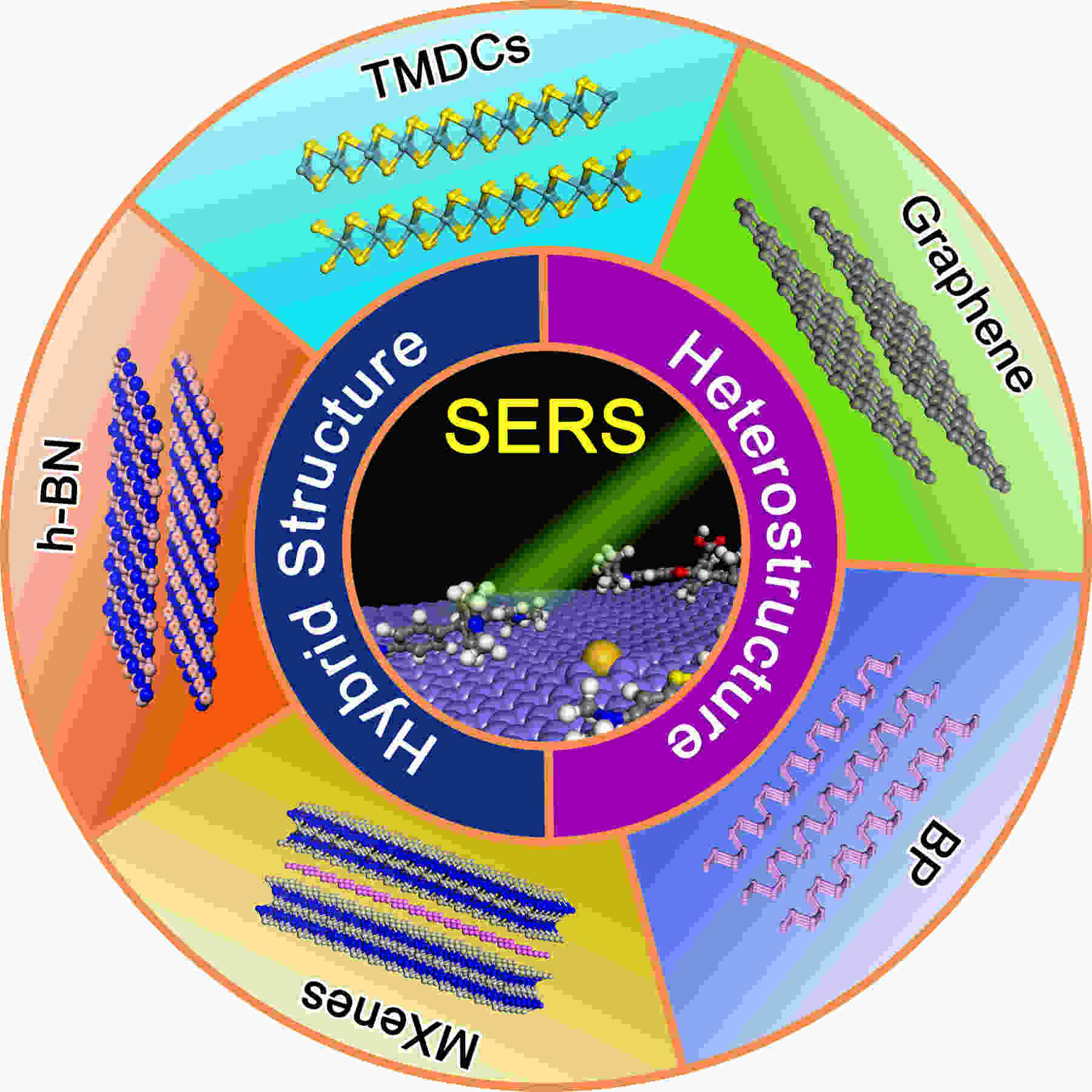
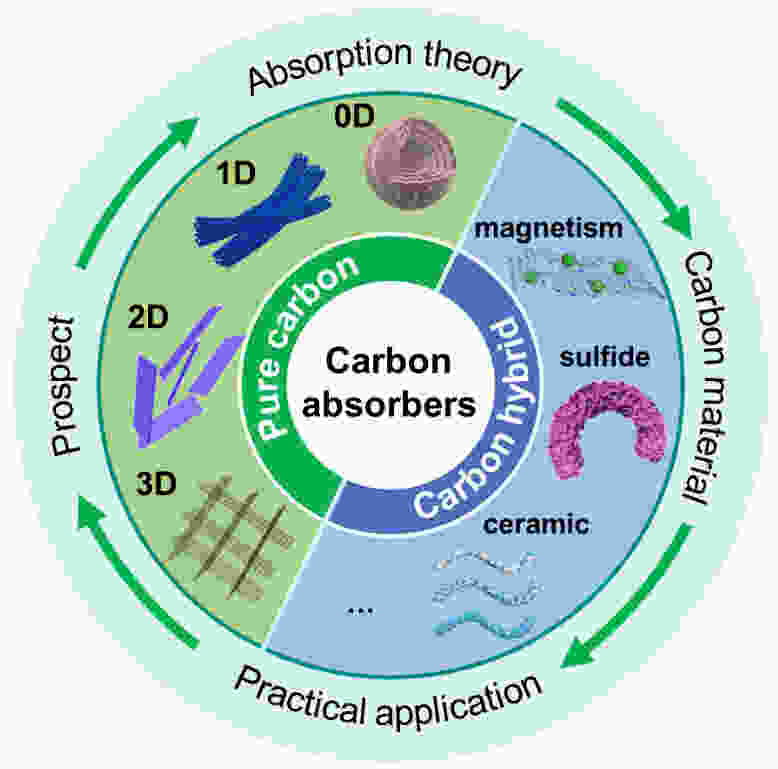

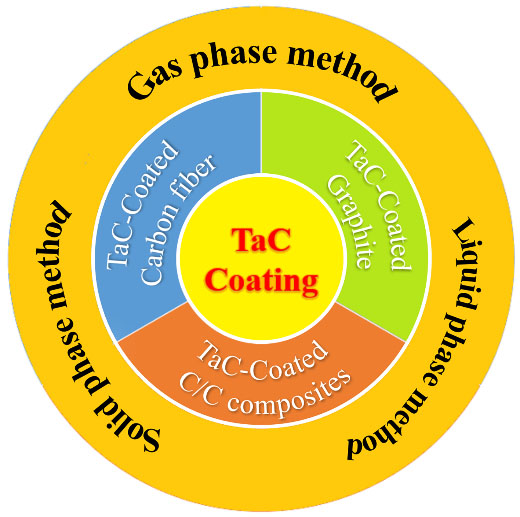

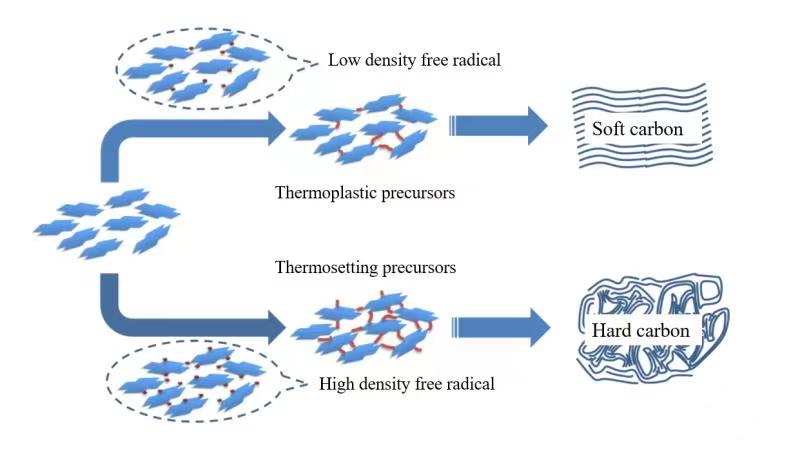

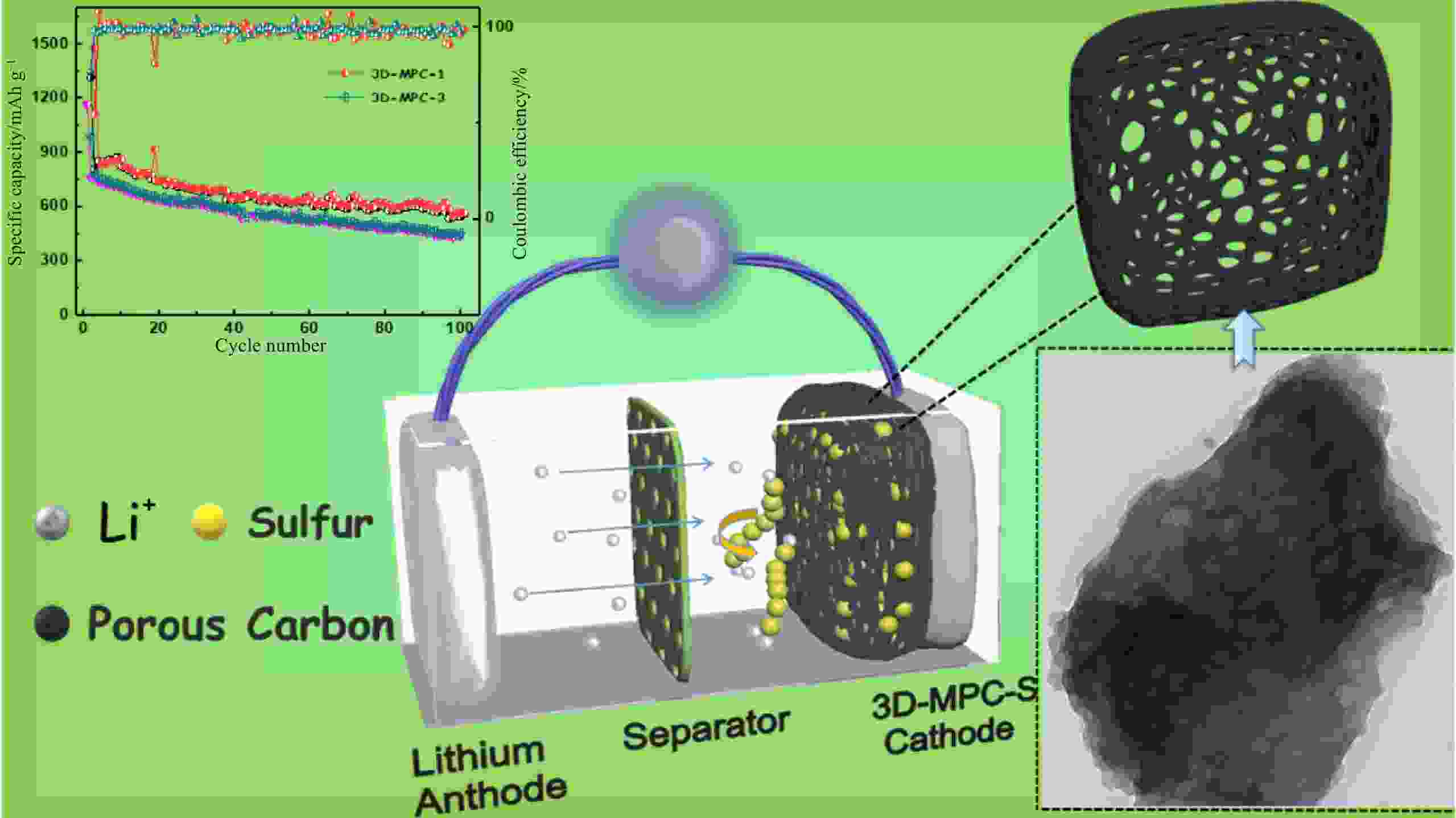
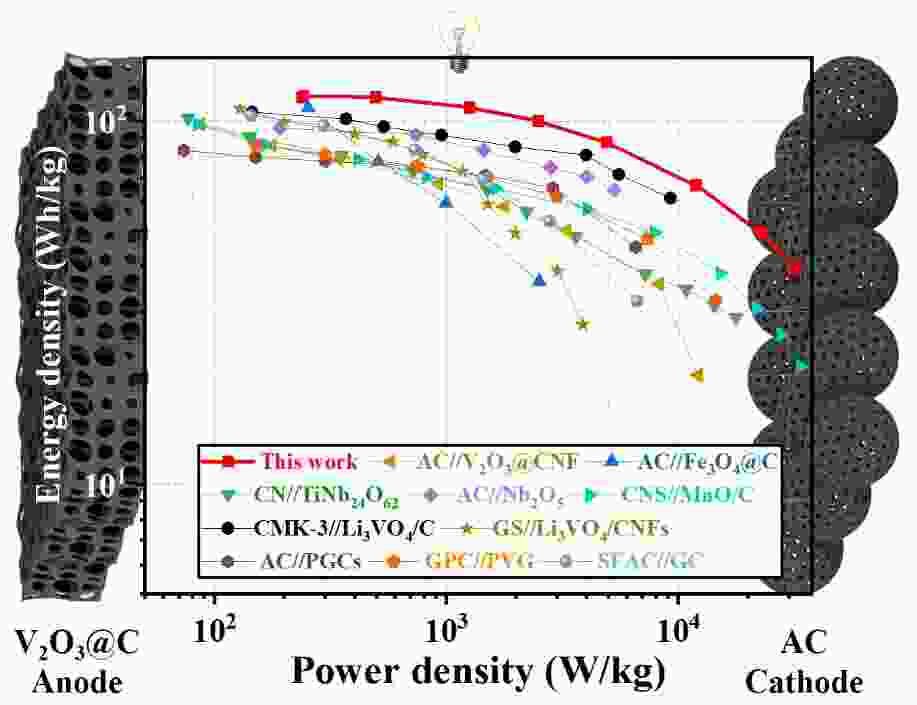
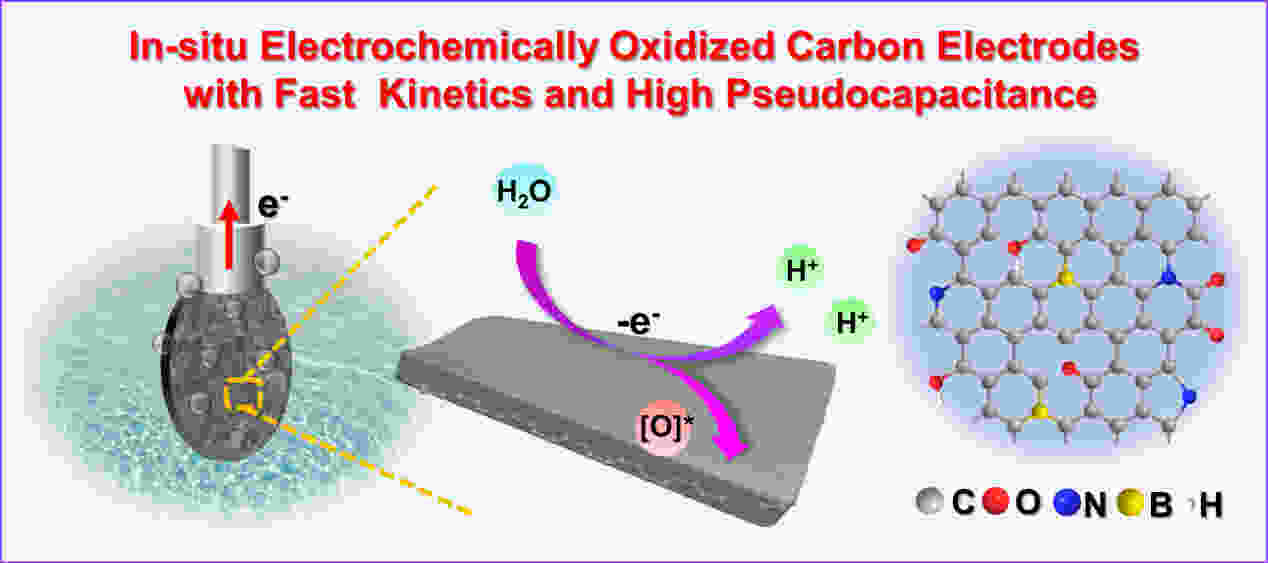
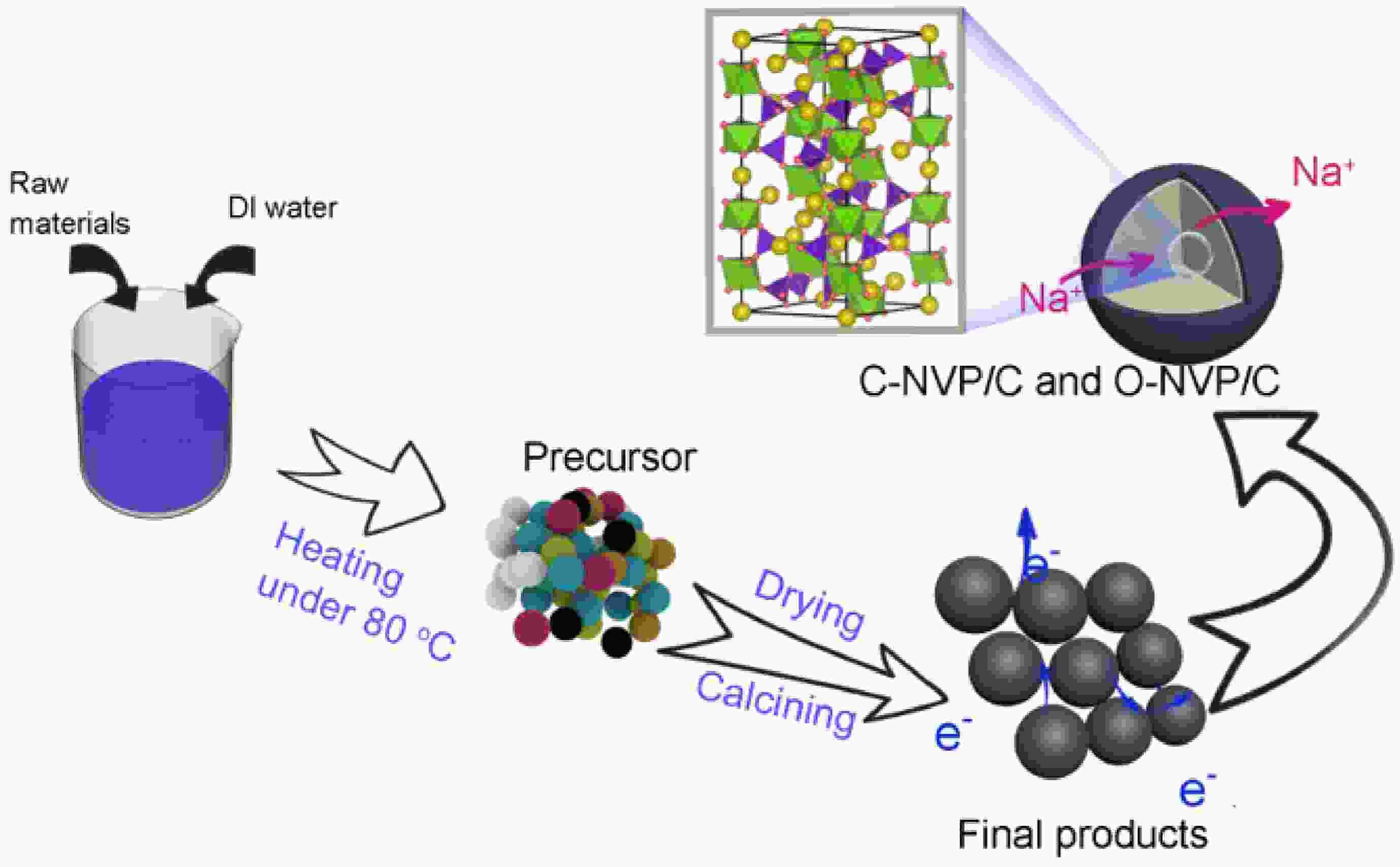
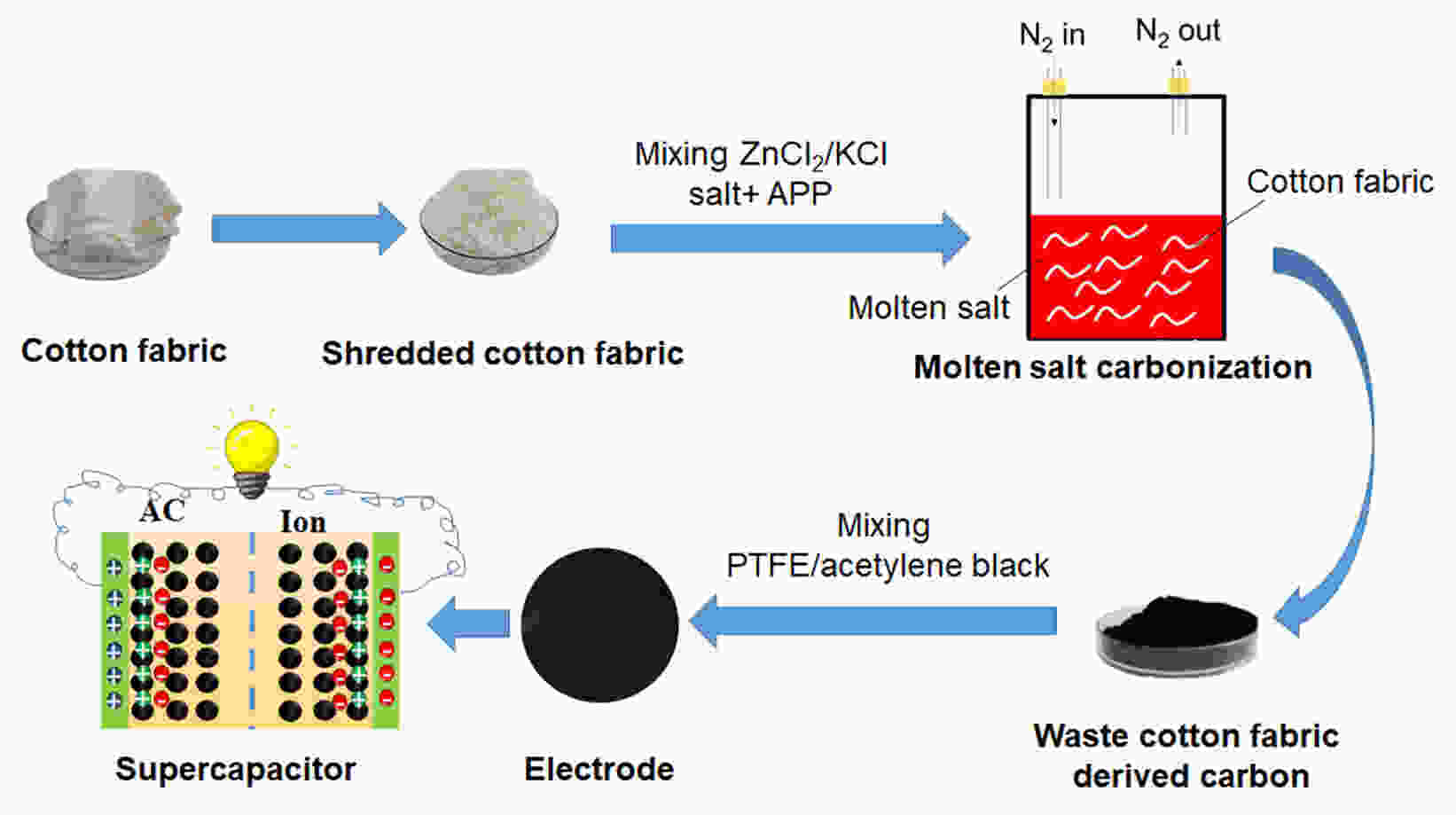


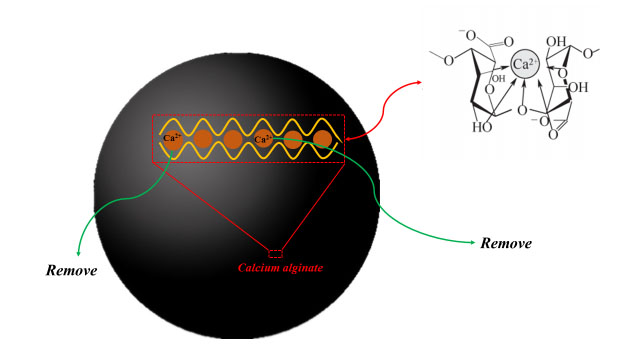
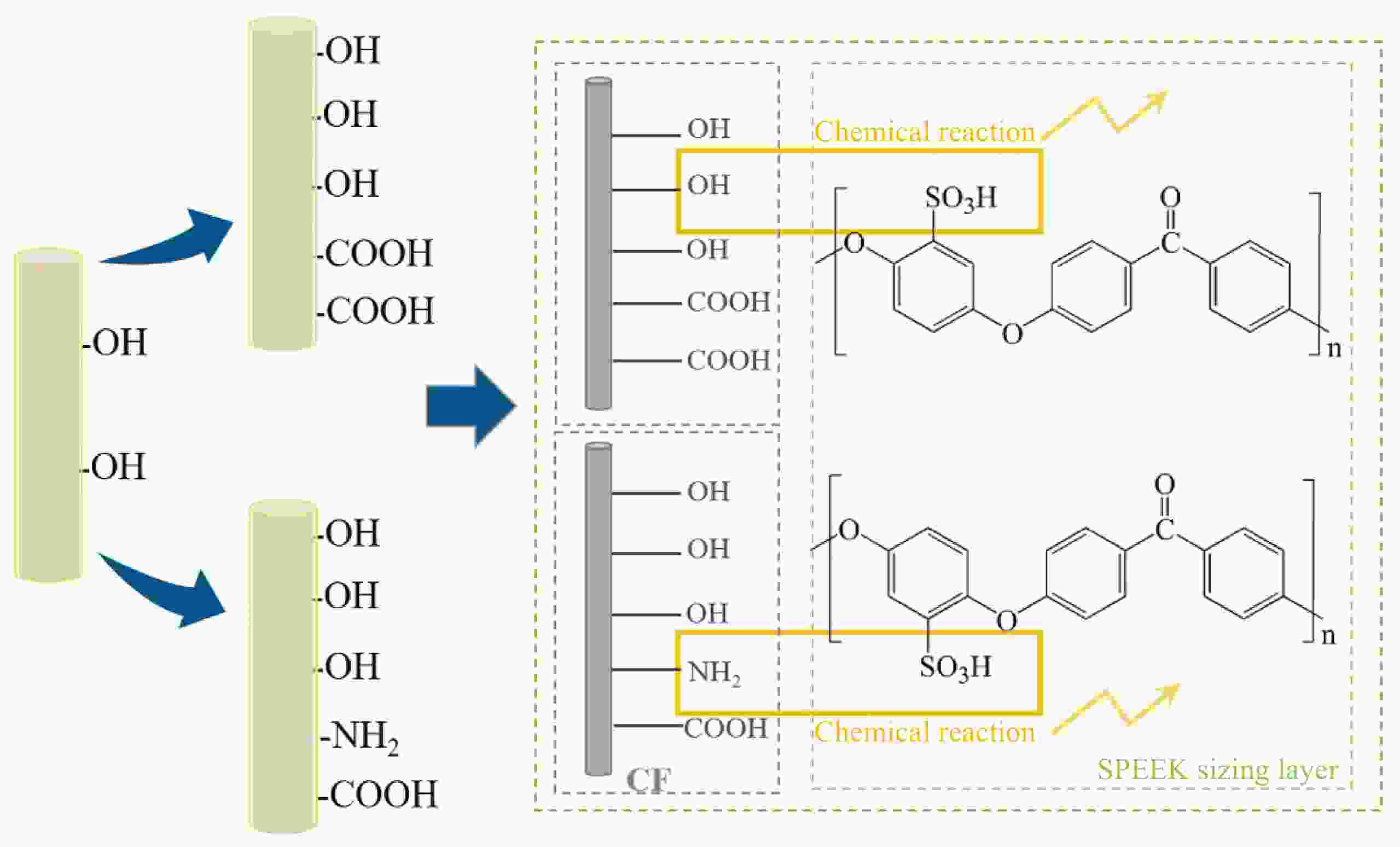
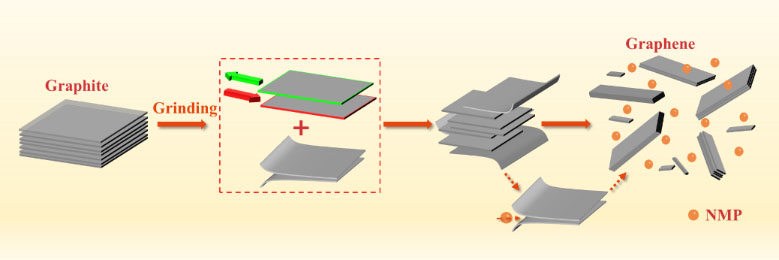
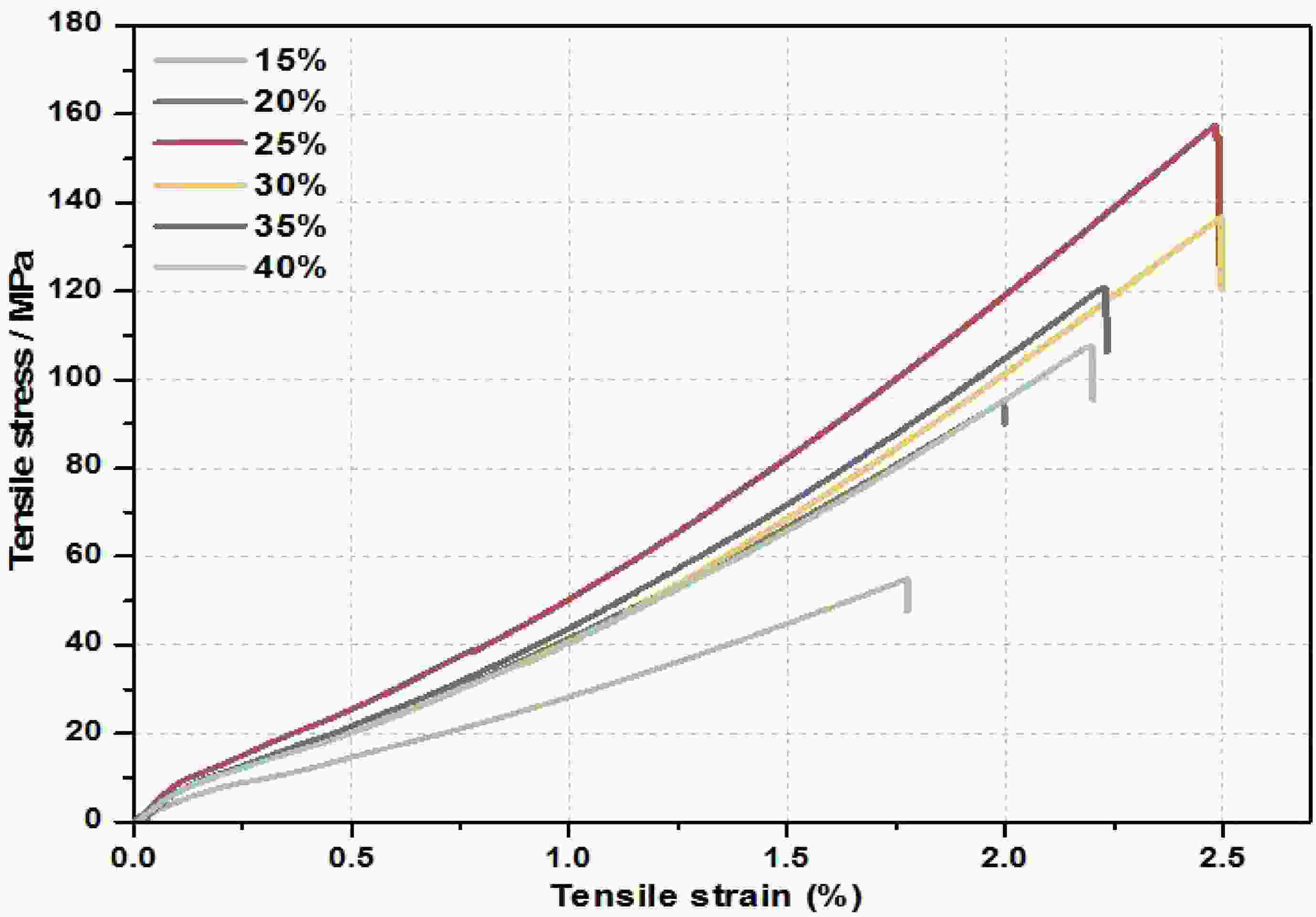
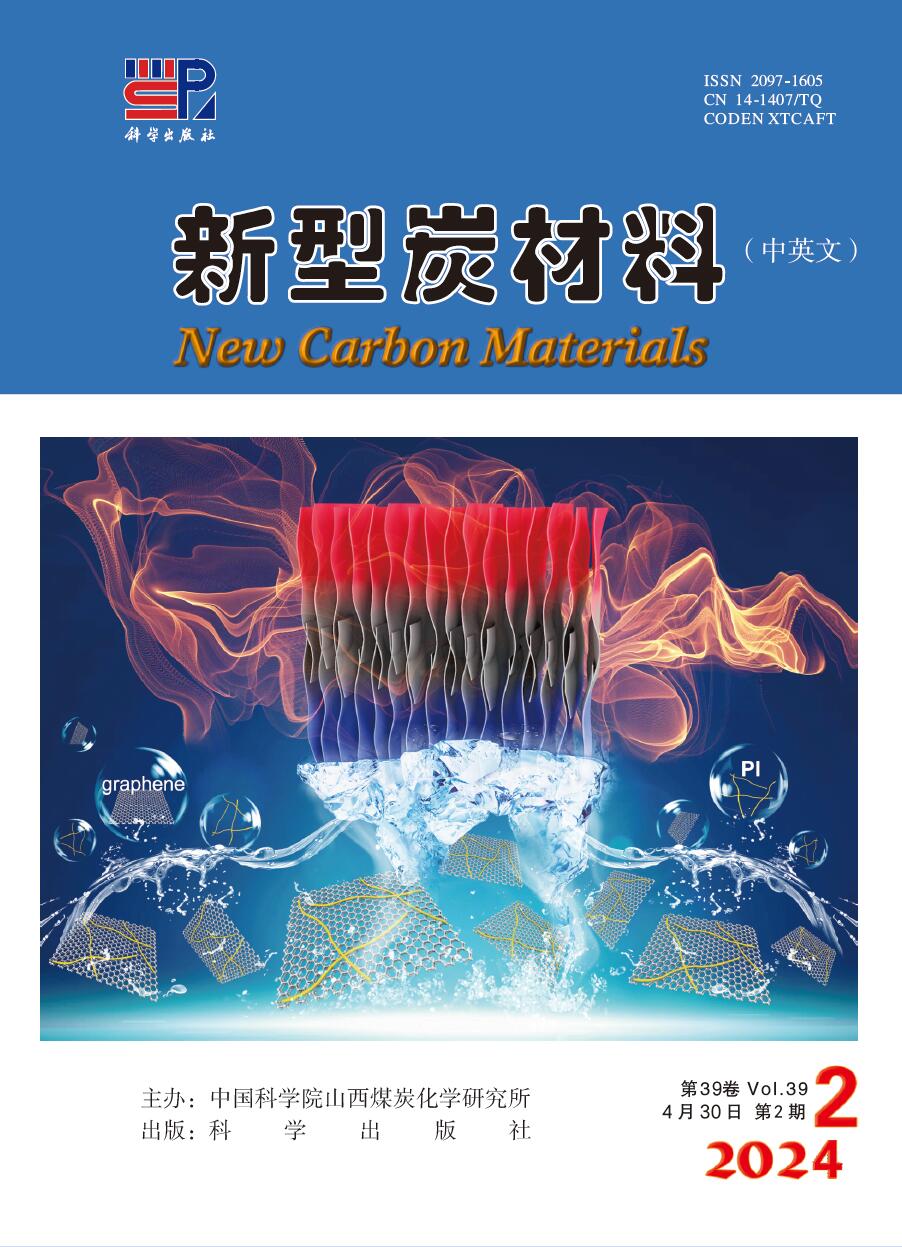

 Classified Collection
Classified Collection

 Email alert
Email alert RSS
RSS Download
Download Links
Links

